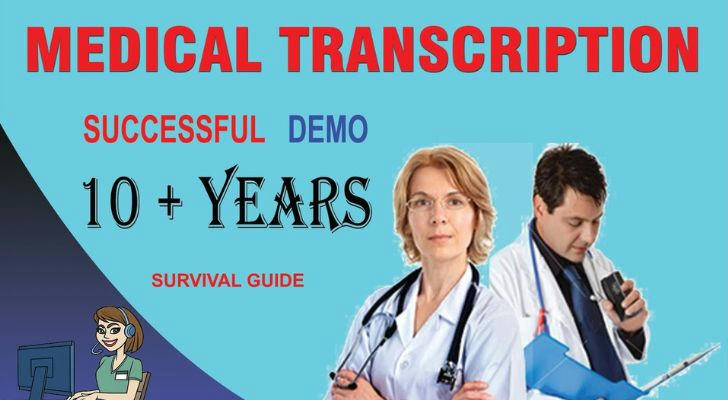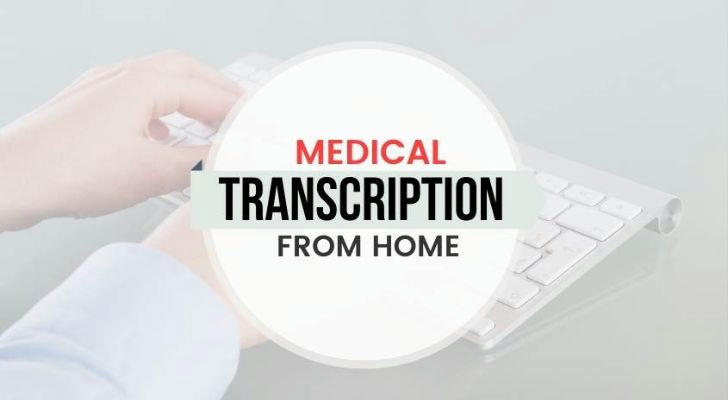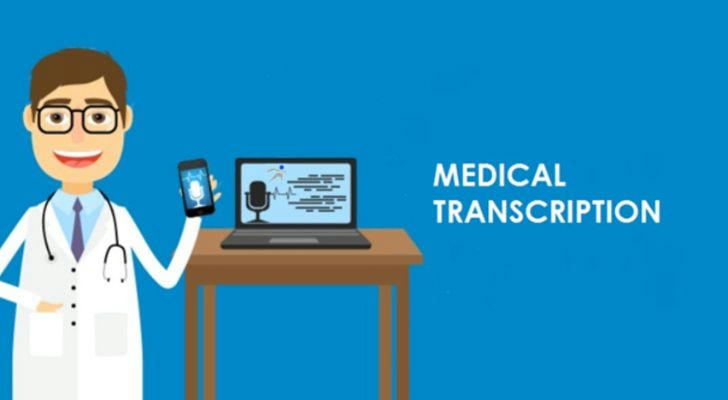How to Get Started in Medical Transcription: A Beginner’s Guide
Medical transcription is a valuable and often overlooked part of the healthcare system. It combines knowledge of medical terminology, attention to detail, and fast typing skills to turn voice recordings from doctors and other healthcare professionals into written reports. These records become part of a patient’s medical history and are used in everything from billing to legal documentation.

For those who are detail-oriented and enjoy working behind the scenes, medical transcription offers a unique career path that can often be done remotely and on a flexible schedule. This guide outlines what beginners need to know about entering the field, including skills, training options, certification, tools, and realistic expectations for job opportunities.
1. What Medical Transcriptionists Do
Medical transcriptionists listen to audio recordings made by physicians, nurses, and other healthcare providers. They transcribe these recordings into written documents such as:
Medical histories and physical examination reports
Surgical reports
Discharge summaries
Diagnostic imaging reports
Progress notes
In addition to transcribing, professionals in this role may need to:
Edit and format reports for accuracy and consistency
Correct grammar and medical terminology
Flag unclear or incomplete information
Work with speech recognition software
Accuracy is essential because these reports are used in patient care decisions, insurance claims, and sometimes court proceedings.
2. Required Skills and Personal Traits
While a medical degree is not necessary, certain skills and qualities make a successful transcriptionist:
Strong typing speed: At least 60–80 words per minute is typically expected
Excellent listening skills: Audio files may have background noise, multiple speakers, or unclear accents
Attention to detail: Precision is crucial, especially with medication names and dosages
Knowledge of medical terminology: Familiarity with anatomy, procedures, and common abbreviations is necessary
Good grammar and spelling: Reports must be professional and clearly written
Ability to work independently: Many roles are remote, requiring self-discipline and focus
These skills can be developed through formal training or self-study, depending on the chosen path.
3. Education and Training Options
Medical transcription does not require a college degree, but completing a structured training program helps build the foundation needed to succeed. Most programs include:
Anatomy and physiology
Medical terminology
Pharmacology
English grammar and composition
Legal and ethical guidelines in healthcare documentation
Practical transcription exercises
Program formats include:
Online courses: Flexible for individuals balancing other responsibilities
Community college certificate programs: Often more affordable and include instructor support
Private career training institutes: May offer shorter programs with intensive training
Many programs can be completed in 4 to 9 months, depending on the student’s pace and the curriculum.

4. Certification and Professional Recognition
Certification is not mandatory, but it can improve job prospects. The Association for Healthcare Documentation Integrity (AHDI) offers two recognized credentials:
Registered Healthcare Documentation Specialist (RHDS): For entry-level transcriptionists with less than two years of experience
Certified Healthcare Documentation Specialist (CHDS): For professionals with advanced experience and knowledge
To qualify for RHDS, candidates typically need to complete a formal training program and pass an exam. Earning this credential shows employers that a candidate has met national standards in transcription quality and ethical documentation practices.
5. Tools and Equipment Needed
Getting started in medical transcription requires minimal upfront investment compared to many other healthcare careers. Essential tools include:
Computer: A reliable desktop or laptop with enough processing power to run transcription software
Transcription software: Programs like Express Scribe or similar allow playback control with shortcuts
Foot pedal: A USB foot pedal helps control audio playback while typing
High-quality headphones: Clear sound is vital, especially for recordings with poor audio
Reference materials: Medical dictionaries, drug reference books, and online terminology databases
Some employers provide software and templates, while freelancers may need to set up their own systems.
6. Where Medical Transcriptionists Work
Medical transcriptionists are employed in a variety of healthcare settings:
Hospitals
Outpatient clinics
Physician offices
Transcription service companies
Insurance companies
Remote or freelance work from home
Remote work is particularly common in this field, making it appealing for those seeking flexibility. Freelancers may contract with several providers or work as independent business owners.
7. Typical Work Schedule and Conditions
Work schedules can vary significantly. Full-time, part-time, and freelance roles are all common. Deadlines are typically strict, but the flexibility in hours is a major benefit for many.
Remote jobs: Allow transcriptionists to set their own hours
In-house roles: May follow standard business hours or medical office schedules
Freelance work: Can involve variable workloads depending on client needs
Most transcription work is done while seated at a computer, so comfort and ergonomic setups are important to prevent strain.
8. Income Expectations
Earnings depend on several factors, including experience, certification, location, and whether the transcriptionist works in-house or remotely.
Entry-level medical transcriptionists can expect to earn between $28,000 and $38,000 annually
With experience or certification, this can increase to $45,000 or more
Some freelance or contract workers are paid per audio minute or line typed
Geographic location and employer type also influence earnings. For instance, transcriptionists working for large hospital systems may earn higher wages than those working independently.

9. Career Advancement and Long-Term Outlook
Medical transcription can be a long-term career, or a stepping stone into other areas of healthcare administration. With experience, transcriptionists may:
Move into editor or quality assurance roles
Become trainers for new transcriptionists
Transition into medical coding and billing
Enter health information management positions
Though speech recognition software has changed the landscape, it has also created demand for editing and quality review roles—new opportunities that still require transcription skills.
10. Steps to Get Started
For beginners considering medical transcription, here’s a basic action plan:
Research the field: Understand the nature of the work and whether it fits personal interests and skills
Choose a training program: Look for one that offers practical experience and aligns with personal learning style
Develop typing and listening skills: Practice with real medical audio files if possible
Set up necessary equipment: Invest in basic tools like a good headset and foot pedal
Consider certification: Earning RHDS can help with job placement and credibility
Apply for jobs or internships: Entry-level opportunities may include probationary periods or mentorship
Stay current with medical knowledge: Healthcare terminology and practices evolve regularly
Conclusion
Medical transcription is a specialized field that offers flexibility, independence, and the chance to contribute to the healthcare industry in a vital support role. While it requires focus and attention to detail, it does not demand years of education or clinical training. With the right preparation and mindset, beginners can build a solid foundation and grow within a profession that continues to play a key role in patient care and healthcare documentation.
